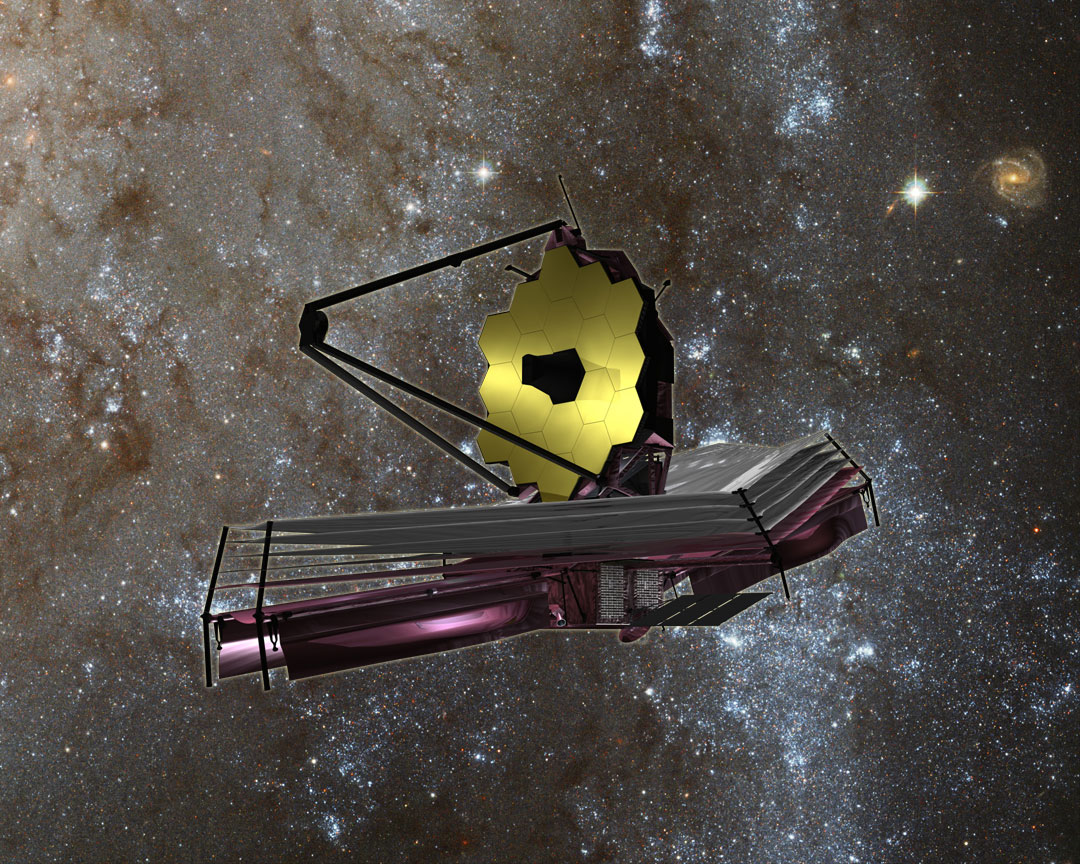

Huge cost overruns caused by mismanagement of the James Webb Space Telescope are delaying NASA’s keystone science project yet again, and could wreak havoc on the agency’s remaining astrophysics budget, a congressional panel found this week.
“This is NASA’s Hurricane Katrina,” astronomer Alan Boss of the Carnegie Institution for Science in Washington, D.C., told Science News.
The JWST, the successor to the aging Hubble Space Telescope, will cost $1.5 billion more than current estimates and will be delayed until at least 2015, according to a seven-member review panel. That brings the price tag to $6.5 billion, and the telescope is already years behind schedule. What’s worse, the project needs $400 million right away to have any hope of meeting a 2015 launch.
Heads will roll over this mess — NASA administrator Charles Bolden said this week that he was reorganizing the JWST project and installing a new boss to oversee the changes. But more significant will be the impacts on NASA’s other programs, especially astrophysics research.
JWST already consumes almost half of NASA’s Astrophysics Division budget, according to Boss, who was not involved in the report but chairs a different NASA committee on astronomy. Infusing it with even more cash could hurt remaining astronomy programs, such as the Wide-Field Infrared Space Telescope (WFIRST), a project that earned top priority in the Astro2010 astronomy decadal survey. If Webb fails, astronomy could be set back a generation.
Panel members explained in a teleconference earlier this week that the agency had unrealistic cost expectations from the outset. Finger-pointing commenced shortly thereafter, with some blaming the agency’s science mission directorate and even Bolden himself.
“The bottom line is that there was never enough money in the budget to execute the work that was required,” said John Casani, a scientist with NASA’s Jet Propulsion Laboratory.
In a way, you can’t blame them — when you have to make brand-new metals from scratch, it’s going to get expensive.
Sen. Barbara Mikulski, D-Md., who chairs a Senate committee that oversees NASA spending, charged Casani and the other panel members with finding out why and how the telescope has been plagued with such delays and high costs. The good news is that they found the telescope is technically sound, quite a feat for such an complicated concept.

In addition to its metametals, Webb contains a huge space umbrella to shield it from the sun, which will unfurl in space, and an enormous foldable 18-piece primary mirror made of material that is supposed to warp in frigid temperatures.
These feats of engineering have been worth it, the panel said — “the funds invested to date have not been wasted,” according to the executive summary. But the management approach needs to change. Here’s hoping for 2015, then.
